Folklore is a prominent feature of the Isle of Man… It’s common to encounter drivers calling out ‘Hello Fairies!’ as they pass over the little bridge on the A5 road between Douglas and Ballasalla, hearing people referring to ‘Manannan’s Cloak’ coming down when the Island is misty, and being told tales of ‘Jinny the Witch’ at Hop Tu Naa (Halloween). It is ingrained into the lives of Islanders to the point where it’s not even questioned, it’s seen as the norm.
However, there are many tales attached to a plethora of sites around the Isle of Man that aren’t well known and are shrouded in mystery, and these are perhaps some of our favourites. We got together with James Franklin of Culture Vannin, one of the authors of ‘A Guide to the Folklore Sites of the Isle of Man’ to bring you ten amazing sites that we bet you’ve not heard of before!
1. The Saddle Stone (Braddan)
what3words: tent.herds.fingernails
The Saddle Stone can be found built into the wall of the A6 Road, close to the intersection with Ballaughton Manor Road. Legend has it that the stone came about when the vicar of Kirk Braddan had a run in with a mischievous fairy.
The vicar was concerned about his horse after finding it sweaty and exhausted each morning. Early one day he was returning home after attending to a sick parishioner when he saw a little man in a green jacket turning his horse loose into the field. After spotting the vicar the little man vanished and the saddle he had been using turned to stone. It was later moved to its current position on the wall, where it has since been associated with granting wishes and increasing fertility.
In the 1870s the stone was considered a place to sit and make a wish, and from the mid-twentieth century people consider it tradition to sit on the stone, make a wish with closed eyes and attempt to spit into the small hole on the stone. What’s more, in the 1890s women used to straddle the stone in the belief that it would increase their chances of becoming pregnant.
2. Chibbyr Feeyney (Lonan)
what3words: pine.modern.virtually
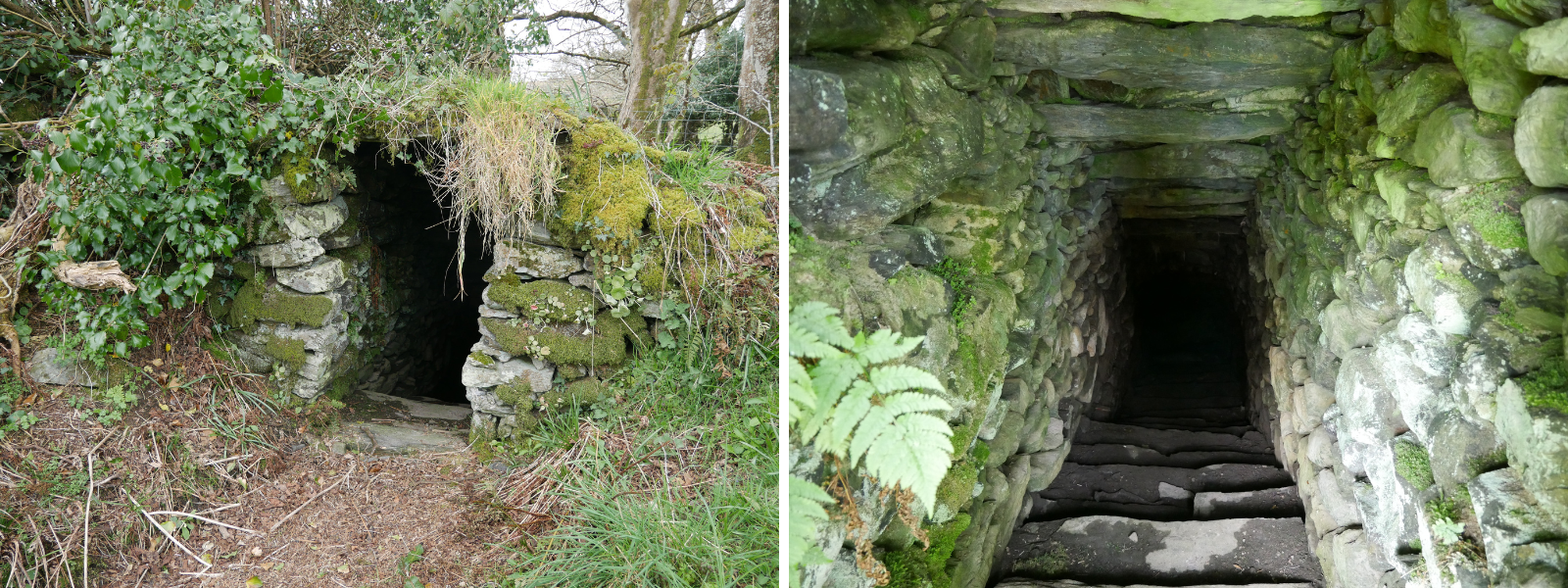
Chibbyr Feeyney is a roadside well on the south-west side of Glen Roy Road in Lonan, between the driveway to Glen Roy Farm and Brundal House. This startlingly beautiful well is said to be where the fairies collect their water, which then becomes wine to be served at their fairy feasts. Humans can drink the water safely, but it’s rumoured that if they taste the wine they will be put under the power of the fairies forevermore.
3. The White Lady of Ballafreer (Marown)
what3words: lingo.mimics.motivates
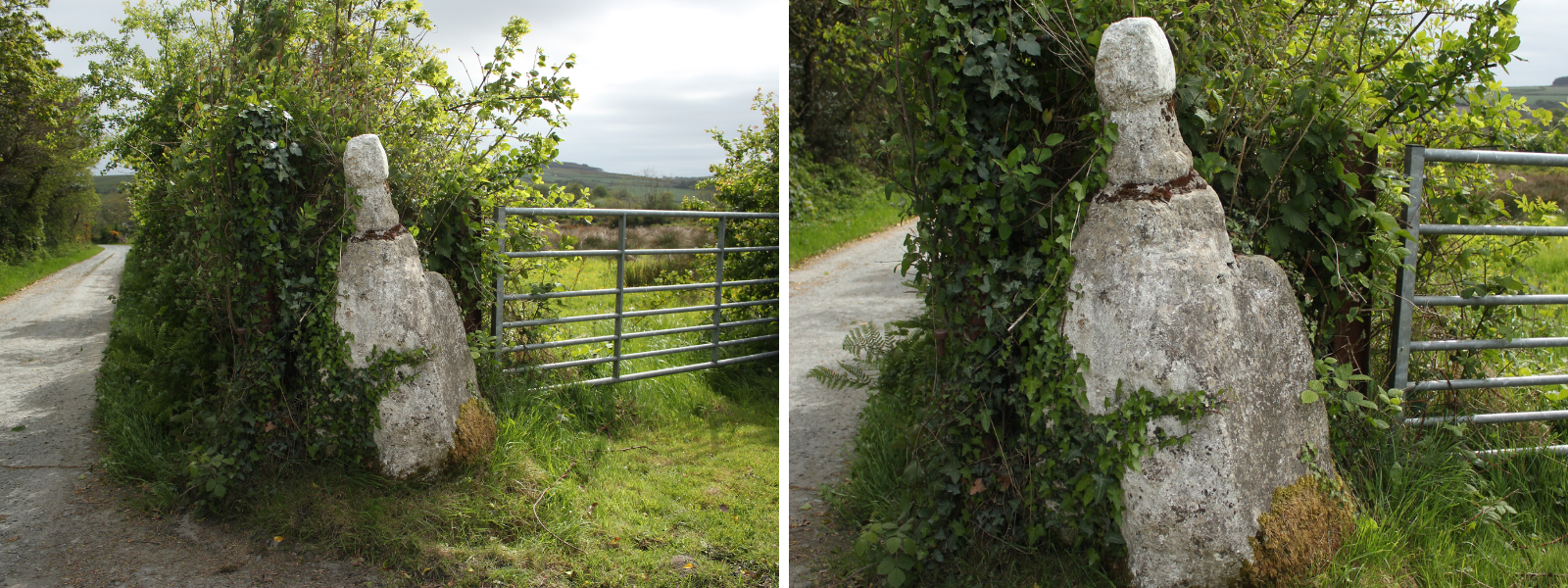
The White Lady is a large quartz pillar found at the gatepost in front of Ballafreer Farm, north of the main road between Union Mills and Glen Vine. The site is accessible on foot via the footpath that runs from the main road, opposite Glenlough, to Trollaby Lane via Ballafreer Farm and Trollaby Farm.
This pillar has acted as ‘an object of reverence, of wonderment, of admonition and of fear for many’ for centuries. Many years ago it used to be custom for women who were about to get married or hoping to become pregnant to come to the White Lady to perform a pre-sunrise rite that would grant them luck… They would take a mouthful of water from the nearby holy well and walk three times around the White Lady jesh-wise (clockwise), swallow the water and say “Ayns yn Ennym Yee, as y Vac, as y Spyrryd Noo” (“In the Name of the Father, the Son, and the Holy Ghost”)
4. Sherragh Vane (Ballaugh)
what3words: bobbing.listeners.trolleys
Sherragh Vane is a tholtan found deep within Tholt y Will Plantation (a tholtan hotspot). The ruins of Sherragh Vane can be found by following the track uphill from the converted chapel, through a gate, past a white boulder and twin wooden bridges.
It is said that a woman who lived at Sherragh Vane passed away in an untimely manner when her children were young. The woman wanted to care for her children, even after death, so she would return to the farm as a ghost each night to tuck her little ones into bed.
5. St Patrick’s Chair (Marown)
what3words: addressed.perching.berated
St Patrick’s Chair is half a mile south of the beautiful Old St Runius’ Church in Crosby. The ‘Chair’ is a collection of stones that can be found by following the footpath west from the road and entering the third field on the south-west side of the path.
Christianity was brought to the Isle of Man by St Patrick and it’s believed that he first preached the gospel on the Island at this location. As St Patrick sat on the stones, it’s believed that whoever does the same will ‘never be weary’- sounds good to us! In the late nineteenth century the landowner reported seeing lights around the chair and that it would be seen to be lit up on a dark night.
6. Farrane Fing (Lezayre)
what3words: woks.collect.feudal
Farrane Fing is a spring on the side of Snaefell Mountain, forming a pool just below a large white quartz boulder towards the top of Awin Ving, which is the steam running under the Mountain Road by the Les Graham memorial.
The water from the spring was once renowned for being holy and would be requested by the ill on their death beds. The spring water was used as a holy sacrament to prepare the dying for death and to offer them a peaceful passing.
The spring also featured in the traditional Laa Launys practices at the start of August where people would come up the Laxey Valley on an annual pilgrimage to the top of Snaefell, stopping at Farrane Fing on their journey.
7. Chibbyr Pherick (Patrick)
what3words: humanists.hollowed.sincere
Chibbyr Pherick is a spectacularly-located well on the seaward side of Peel Hill, below Corrin’s Tower. It can be found by taking any of the paths up Peel Hill to the ridge close to the telephone mast, then take the path that branches off right along the broogh. The well is around 750 metres from the wall, on the landward side of the path, set in a dip.
This well is said to originate with St Patrick when he rode on horseback across the sea to the Isle of Man from Ireland. The Island’s Celtic god, Manannan, saw him coming and covered the Island in mist, leaving St Patrick lost at sea with a sea beast approaching to devour him (the large rocky outcrop in the sea that is below the well). The saint heard a curlew calling “Come you, come you, come you!” to its young on the rocks close by, a goat crying “Beware, beware, beware!” on the side of the hill through the mist, and a cockerel calling “Come to us, come, come!” St Patrick then realised where he was and leapt up on his horse to land on Peel Hill. When his horse’s hoof first touched the land, the well sprung up. After this, Saint Patrick turned the sea beast to stone and banished Manannan from the Island. He then rewarded the animals for helping him; the curlew with nobody being able to find its nest, the goat with no one seeing the birth of its young, and the cockerel with crying at dawn at that same hour forevermore.
The well was visited from far and wide for its cures. People bringing silver offerings led the well to become known as Chibbyr yn Argid (Silver Well) by some. To others the well was known as Chibbyr Sheeant (Holy Well). The water is said to grant protection from fairies, as well as granting wishes. If one drinks it before sunrise on Old Laa Boaldyn (12th May) whilst making a wish, it will be granted within the next year.
8. Ballaskella (Lezayre)
what3words: liquid.spawned.clinician
Ballaskella is a tholtan on the hill on the eastern side of Sulby Valley, close to Tholt y Will. Heading from Sulby, as the road rises around Tholt y Will Plantation, walk down the path on the left to a stone bridge over the river. Turn right and up the hillside, and the path heads up to Ballaskella at the brow of the hill.
A tale informs us of a young man who was walking home from Sulby on a dark night at around 2am. He began to walk up the zigzag track towards Ballaskella and an enormous dog started to follow him. The beast was as big as a calf and had glittering eyes, something unnatural and terrifying. The man’s employer said that he had also seen the beast and that it was best left alone, needless to say the man never walked that route late at night again!
9. The Green Lady of Scarlett (Malew)
what3words: breeding.rust.redoing
The Green Lady of Scarlett is a remarkable heart shaped pool in the rocks at Scarlett, clearly visible from the Raad ny Foillan outside of high tide, 200m along the path from the Scarlett Nature Discovery Centre. Children who used to play in the area before World War 2 would see a ghostly green lady by the pool. They reported that they never sensed any malice, but considered her to be a protective presence.
10. Carn Vael (Michael)
what3words: genre.hike.colleague
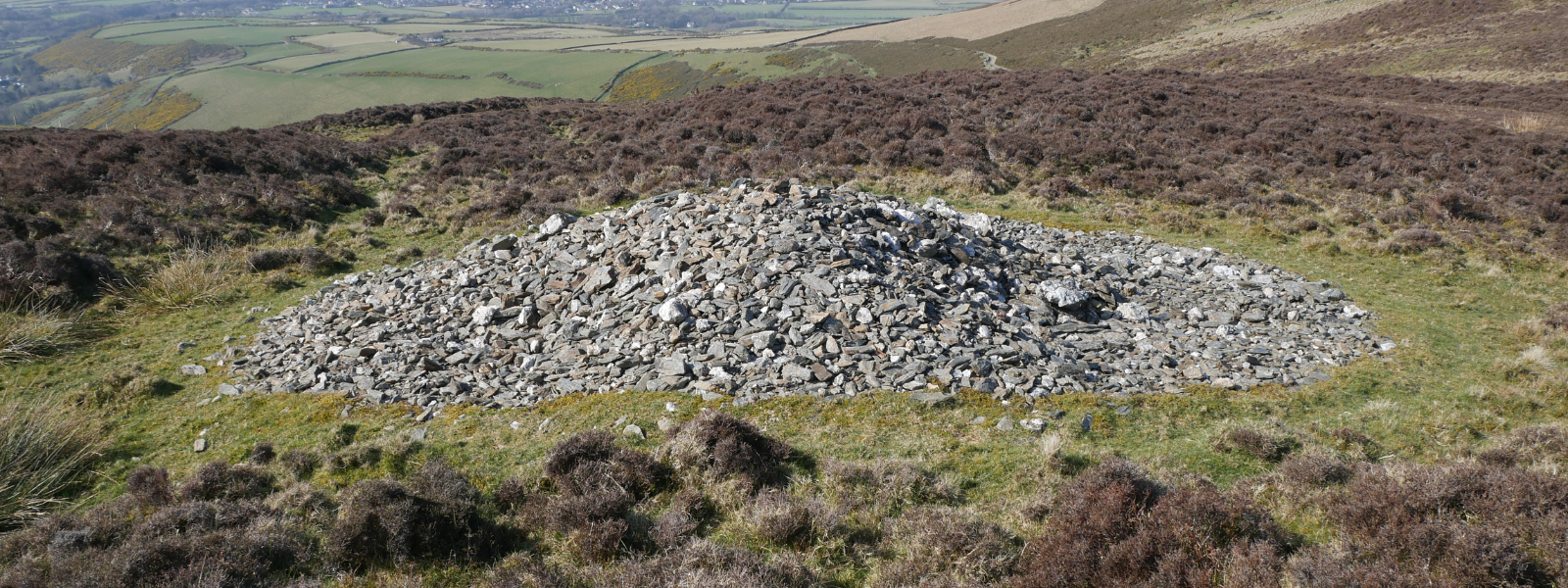 Carn Vael is a cairn found at the top of Glion ny Maarlys, on the track leading up from the Baltic Road in Kirk Michael, on the left-hand side of the track less than 100 metres from where it meets with the track from Slieau Curn.
Carn Vael is a cairn found at the top of Glion ny Maarlys, on the track leading up from the Baltic Road in Kirk Michael, on the left-hand side of the track less than 100 metres from where it meets with the track from Slieau Curn.
Some say that the parish name of Michael comes from a giant named Michael, who is said to be buried here. Michael was so large that when he was first buried the cairn built over his body was 12 feet high and 30 feet wide.
This site is also associated with fairies, specifically the Manx fairy tune ‘Bollan Bane’. Bollan bane, a plant, was used to grant protection from fairies, so when a man walking in the area who was carrying some bollan bane heard a fairy tune on the wind, he felt safe to stay and listen. He committed the tune to memory and set off home, but by the time he reached the cottage he had forgotten it! After a trip back to re-learn the tune, he returned home to Orrisdale, where he received a thorough telling off from his wife Molly for being out all night!
If you’d like to read about more of the Island’s folklore sites, make sure to get your hands on Culture Vannin’s new publication ‘A Guide to the Folklore Sites of the Isle of Man’. The book is on sale from bookshops in the Isle of Man, including The Bridge Bookshop, The Book Company, and the Manx National Heritage shops, many of whom can arrange delivery outside of the Isle of Man.




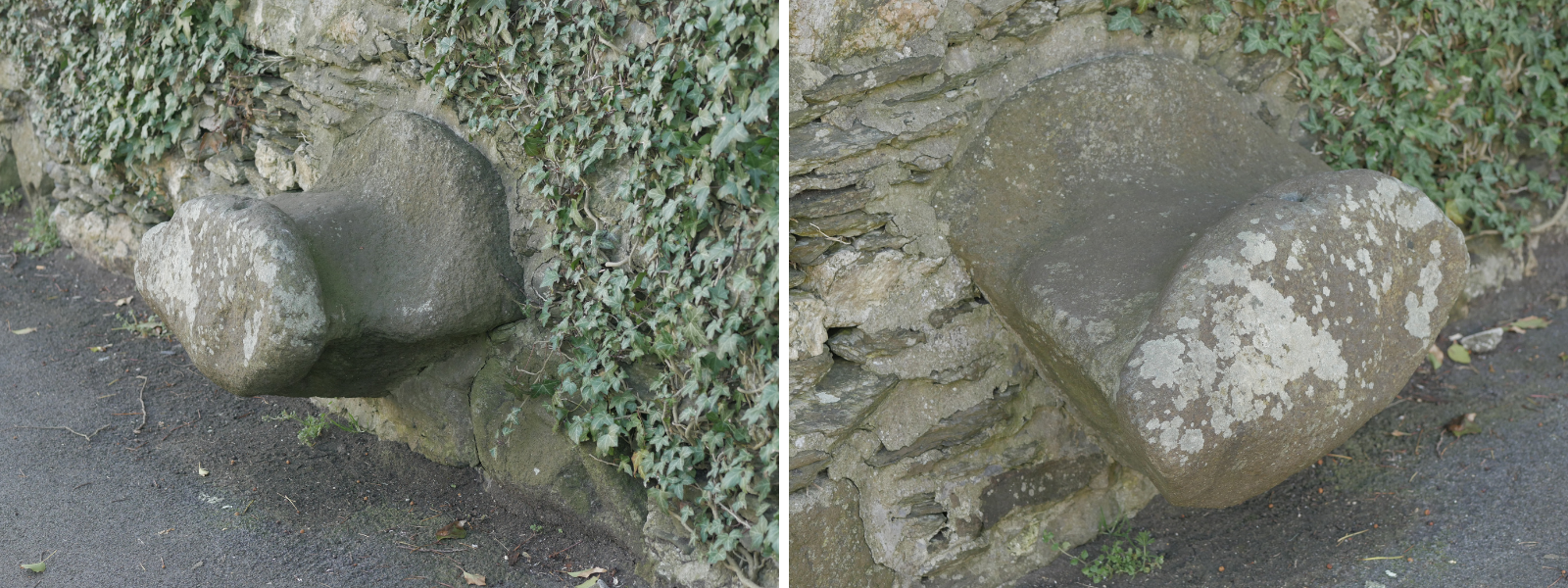

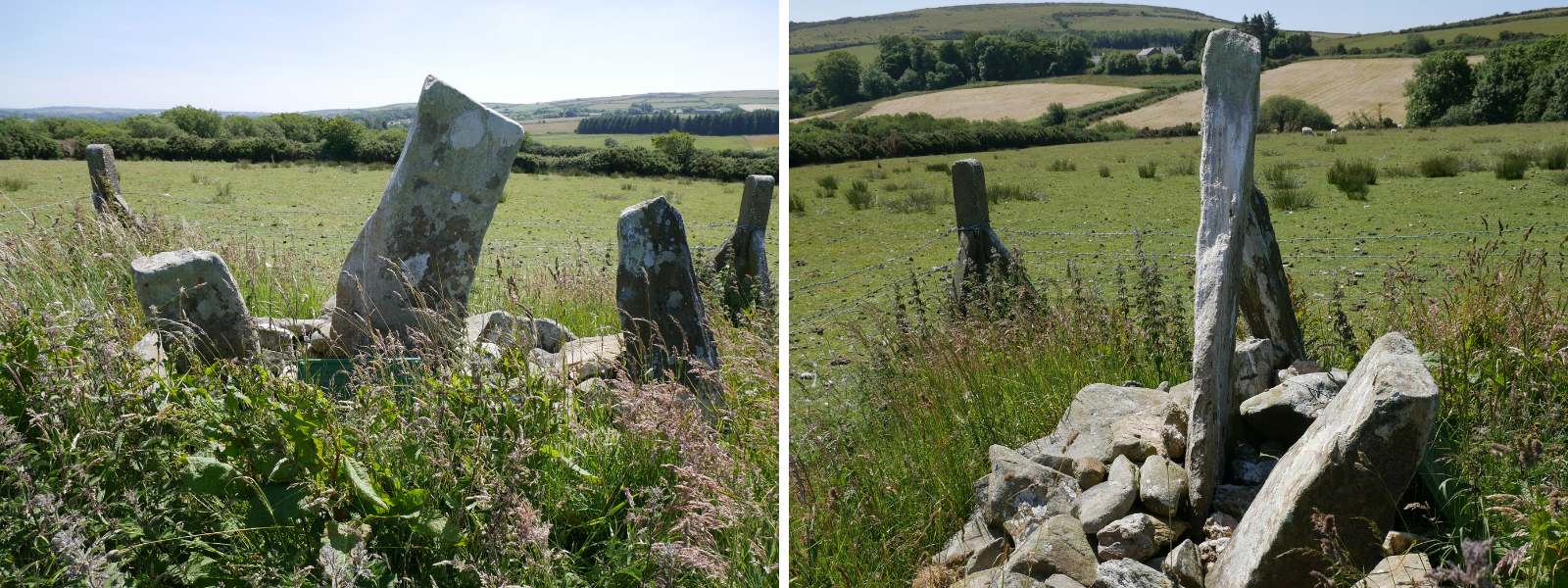
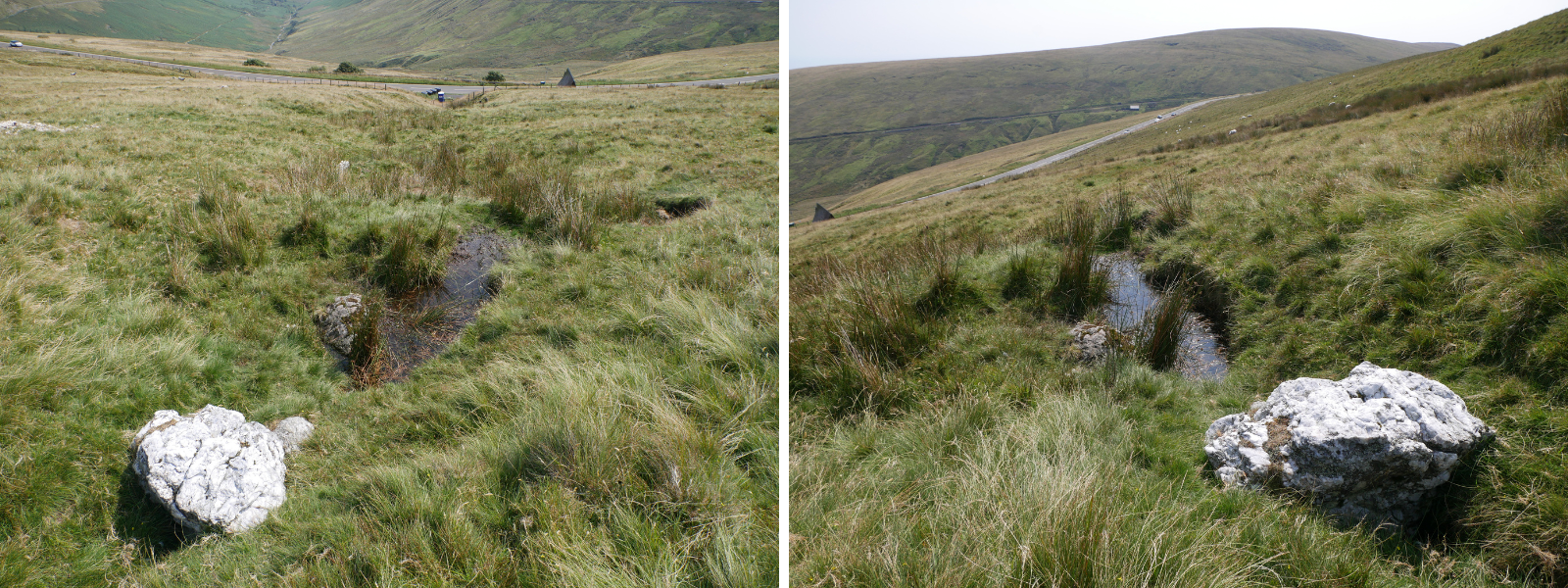
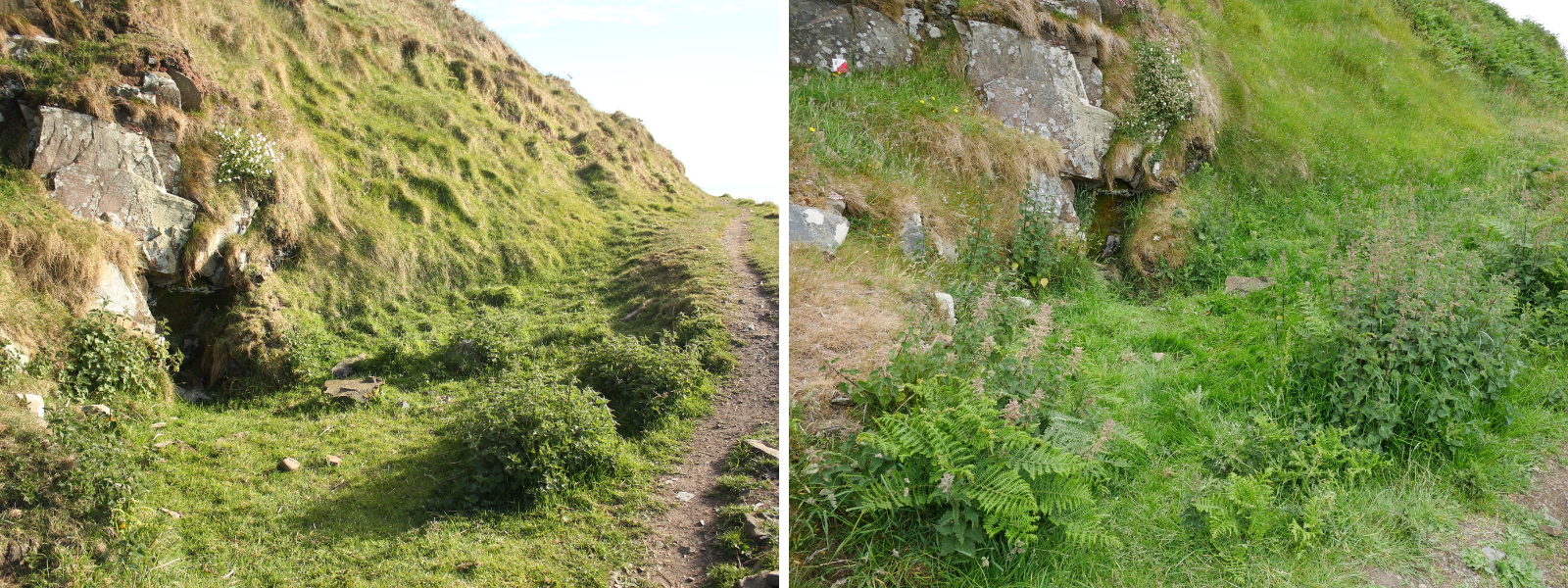
.png)
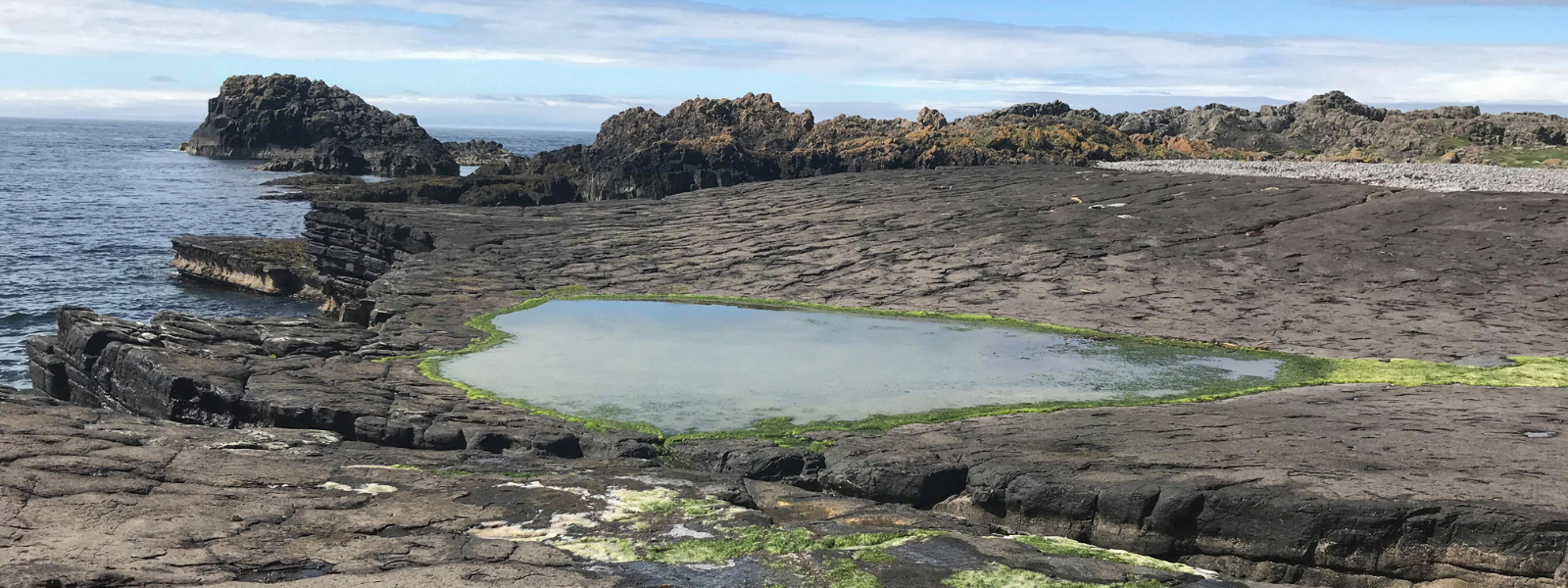


Comments
Comments are disabled for this post.